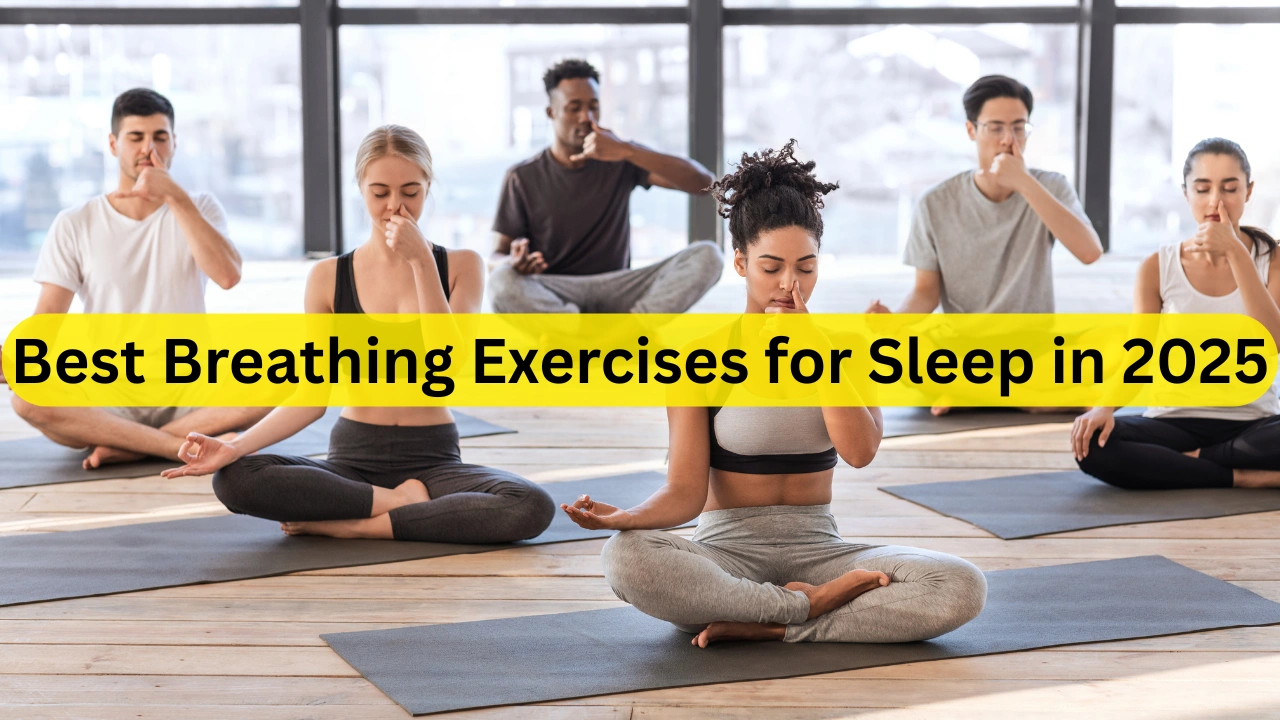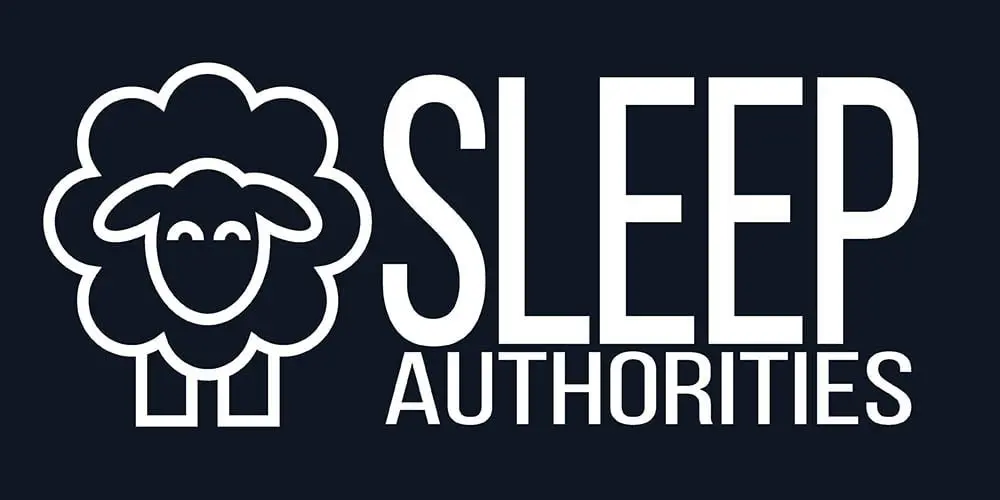If falling asleep is a nightly challenge or stress keeps your mind racing, breathing exercises may offer the easiest, most natural solution. Without the need for medication or expensive tools, these techniques use the body’s own rhythm to quiet the mind, calm the nervous system, and prepare you for rest. In 2025, more sleep specialists recommend these methods as part of a healthy bedtime routine.
In this guide, we’ll walk you through the most effective breathing exercises for sleep—rooted in science, supported by tradition, and easy to try tonight.
Important Information to Know Before You Begin
Before practicing any breathing technique:
- Stop if you feel dizzy, lightheaded, or uncomfortable.
- Avoid straining your neck, shoulders, or chest.
- Never force your breath—stay relaxed and natural.
- Always consult a doctor before starting any new breathing practice, especially if you have heart or respiratory conditions.
1. Diaphragm Breathing / Deep Breathing
Also called belly breathing, this method activates the diaphragm and helps you avoid shallow chest breathing. It reduces stress, supports lung function, and promotes mindfulness.
How to Do It:
- Sit or lie down comfortably.
- Inhale slowly through your nose, letting your stomach rise.
- Exhale gently through your mouth, letting your belly fall.
- Repeat for 5–10 minutes.
2. 4-7-8 Method / Relaxing Breath
Popularized for sleep, the 4-7-8 technique slows the heart rate and promotes deep relaxation.
How to Do It:
- Sit upright or recline comfortably.
- Inhale through the nose for 4 seconds.
- Hold the breath for 7 seconds.
- Exhale slowly through the mouth for 8 seconds.
- Repeat for a few minutes.

3. Bhramari Pranayama / Humming Bee Breath
This yoga-based technique uses gentle humming to reduce stress and soothe the nervous system.
How to Do It:
- Sit upright with eyes closed.
- Place your thumbs or index fingers gently over your ears.
- Inhale deeply through the nose.
- As you exhale, hum softly from the back of your throat.
- Repeat 3–4 minutes, rest, and repeat up to 5 cycles.
4. Nadi Shodhana / Alternate Nostril Technique
A calming method that balances both sides of the brain, often used for reducing anxiety and mental restlessness.

How to Do It:
- Sit upright comfortably.
- Close your right nostril with your thumb, inhale through the left.
- Close your left nostril with your ring finger, exhale through the right.
- Inhale through the right, then exhale through the left.
- Continue for 2–5 minutes.
5. Double Exhalation / 2-to-1 Technique
This method emphasizes longer exhales, signaling the parasympathetic nervous system to prepare for rest.
How to Do It:
- Inhale through your nose for 4 seconds.
- Exhale slowly for 8 seconds through your nose or mouth.
- Continue for 5–10 minutes, gradually deepening your breath.
Final Thoughts
Breathing techniques are simple, safe, and effective tools that can be practiced anywhere. By slowing the breath, activating the parasympathetic nervous system, and centering your awareness, you prepare your body and mind for deeper rest. Experiment with these methods to see which one fits best into your bedtime routine—and make it a consistent part of your nightly wind-down.
For better results, pair these exercises with dim lighting, a cool bedroom, and a quiet environment.
Terms to Know
Diaphragm Breathing: Also known as belly breathing, it engages the diaphragm muscle to promote deep, slow breaths and activate the body’s relaxation response.
Pranayama: A Sanskrit word meaning “breath control.” Refers to various yogic breathing techniques aimed at enhancing mental clarity and vitality.
Parasympathetic Nervous System: Part of the autonomic nervous system responsible for relaxation, digestion, and recovery. Opposes the fight-or-flight response.
Nadi Shodhana: A pranayama technique that involves alternating nostrils while breathing to balance energy channels in the body.

4-7-8 Technique: A guided breathing pattern involving a 4-second inhale, 7-second breath hold, and 8-second exhale. Used to reduce anxiety and induce sleep.
References
- Harvard Medical School. (2023). Relaxation techniques: Breath control helps quell errant stress response.
- National Sleep Foundation. (2024). Breathing and relaxation tips to fall asleep faster.
- American Psychological Association. (2023). How slow breathing calms the mind.
- International Journal of Yoga. (2022). Effects of pranayama techniques on sleep quality: A randomized study.
- Mayo Clinic. (2024). Understanding diaphragmatic breathing.
These terms and sources provide further insight into why breathing exercises remain a valuable, research-supported method to improve sleep naturally.



